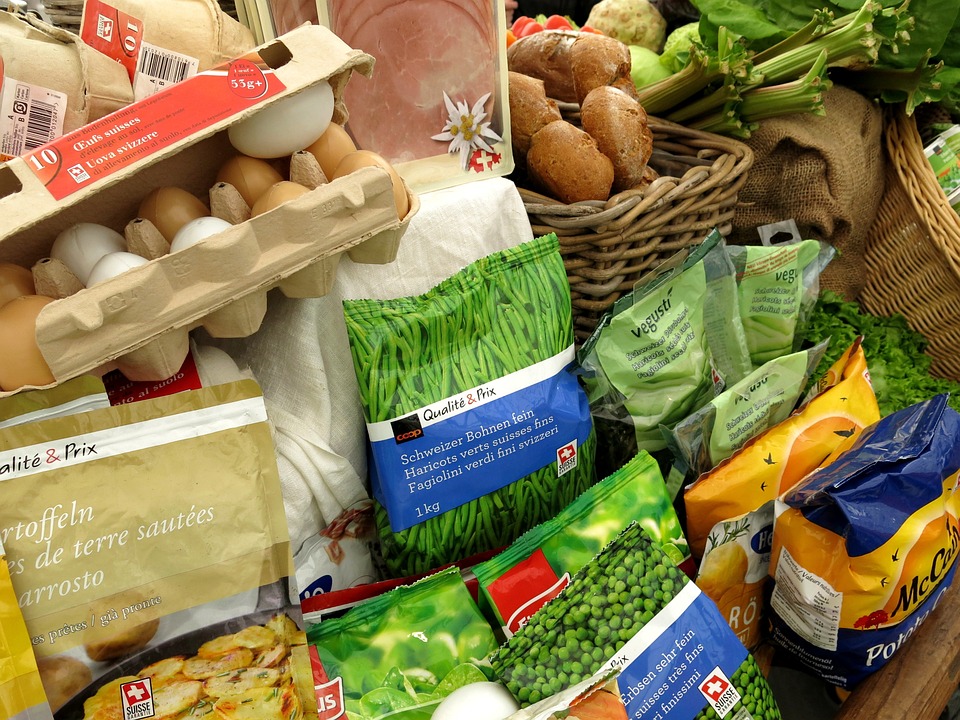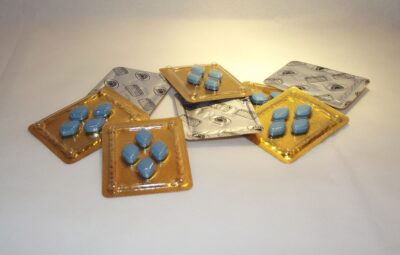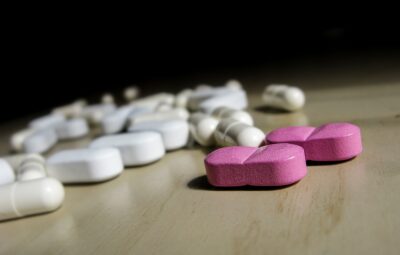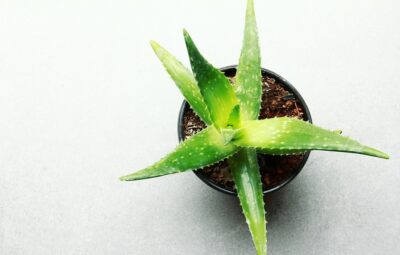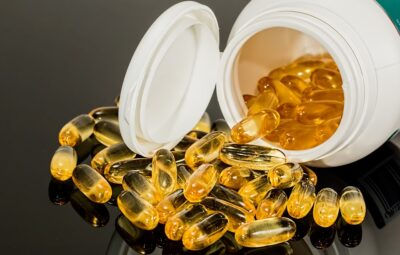There is a sad misunderstanding in San Francisco that Soylent is a wholesome, practical replacement for standard fare.
If I tell people that drinking alcohol is not good for their health, they are often confused. Isn’t Soylent good for you? Doesn’t it have all of the vitamins and nutrients you need? Isn’t it well balanced?
When determining if a food is healthy, we must consider what the person means by “healthy.” Are they are up on the latest research? Are the people who argue that the world is not warming using old data that is not accurate? Or are they trusting government agencies that could be influenced by things such as lobbying, fake data, and bad science?
What does Soylent mean by “healthy”?
Claim: Soylent Has the Vitamins and Minerals You Need.
When Soylent says it has all of the vitamins and minerals you need, there are a few implied claims that we need to unpack:
- We know what vitamins and minerals you need to be healthy.
- Soylent has all of them.
- If you consume them via Soylent, you absorb and benefit from them the same way you do with their natural forms.
However, there are also a few issues with this approach. First off…
Do We Know What Vitamins and Minerals We Need to Be Healthy?
This company’s claim that their product contains all the vitamins and minerals you need is based on the idea that food contains these things that we need, and that Soylent needs to have them too in order to replace food.
Some vitamins and minerals are obviously necessary and neglecting them will have quick consequences. If you do not consume any sodium, you will die. If you get no Vitamin C, you get scurvy.
There are also less obvious effects from not having enough of certain vitamins and minerals. If you do not have enough selenium in your body, you could develop hypothyroidism. This condition might not be severe enough to require treatment. You may not notice that you are low on potassium for a long time, but it can cause problems.
Soylent’s drinks include all of the vitamins and minerals that we know about. Do we know all of the vitamins and minerals you need? This is an interesting question.
Although there has been much research done on human nutrition, no one has ever dissected a human being and reverse engineered all of the specific vitamin and mineral inputs you need for optimal function. Most of the deficiencies have been discovered because people started dying from them. Adding specific food to their diets fixed the issue, and after doing this enough times, we were able to isolate what the deficiency was. Sailors knew long before the discovery of vitamin C that they needed barrels of limes or sauerkraut on long journeys. Based on the current information we have, it is likely that we do not know everything there is to know about the nutrients we get from food.
While we are yet unaware of all the benefits that a lime has, we know that Soylent does not have these same benefits. This lack of information about vitamins and minerals is problematic. We might be getting some vital nutrients from regular lime consumption that we’re not aware of, but when we mix together powders from what we do know about, we might lose out on nutrient X. It is possible that Vitamin X has similar effects to Vitamin D and that it takes a long time for health problems to develop if it is not present.
What I’m trying to say is that we can only base our knowledge on what we know currently. It would be foolish to assume that we will never discover something else important about nutrition that we didn’t know before.
Yes, Soylent contains all of the vitamins and minerals we know about so far. Yes. Is it a good source of all the vitamins and minerals you need? Probably not. I assume they will add more vitamins as we discover them, but who knows what 3 years without sufficient Vitamin X will do to your body. We may not have discovered it yet because all vegetables contain Vitamin X, but when we stop eating vegetables and start drinking magical silicon valley food powder, we might discover new deficiencies.
Is a Vitamin a Vitamin a Vitamin?
We know that Soylent contains all of the vitamins and minerals we know about, but none of us can be sure if our bodies can actually absorb and benefit from them.
Let’s take an extreme case. If I were to give you a multivitamin and a diuretic every morning, You would take both of the pills and an hour later, you would be quietly crying as your insides forcefully emptied into the toilet.
Now here’s the question. Did you get your vitamins? It is unlikely that the pills you took were properly absorbed into your body before you vomited them back up. There is a difference between taking in vitamins and minerals and actually absorbing them.
So let’s come back to Soylent. Even if a food has all the vitamins and minerals you need, your body might not absorb them in the same way. The only way to know if Soylent is affecting your thyroid function is to consume it as your only food source and get your levels tested after a few months. We can make some inferences, but without knowing your specific situation, it’s difficult to say for sure.
We know that man-made supplements are not taken in by the body in the same way as when we eat real food. Even though Soylent contains everything we need, we’re not getting all the nutrients we need because they’re not in their natural form. This means that “100%” may actually only be 20% since we can’t use all of it. Worse, the process of eating seems important for absorption. Chew your food thoroughly to help your body absorb more vitamins and minerals, and to make use of the protein in your food.
And, yes, this is another area where we don’t have a clear answer, but there are two possibilities:
- We don’t fully understand how vitamins and minerals are absorbed, so their natural form is the safer bet.
- We totally get it and we can use synthetic, processed versions of vitamins and minerals and it’ll work out fine.
Iron is a mineral that is needed in small amounts by our body. Iron is an essential mineral that has many important functions in the human body. It plays a role in the formation of healthy red blood cells, helps transport oxygen in blood, and is a component of muscle tissue. Iron-deficiency is the most common nutritional deficiency worldwide. It can result in fatigue and anemia if left untreated. We are here to help uncover some secrets behind iron absorption and how to optimize it because iron is vital to our body, fitness, and overall well-being.
What You See Is Not Really What You Get
Stand up, take something to eat from your cupboard, and look at the panel with the food’s nutritional information. At the bottom of the label, look for the amount of iron present in the food and the percent of the daily value.
This might make it appear easy to determine if you’re getting the right amount of iron each day, however it’s not that easy. The good news? Some important insight about iron can help you achieve your iron goals!
Heme vs. Nonheme
There are two types of iron found in food: heme iron and nonheme iron. Heme iron is found in foods like meat, fish, and poultry. It’s the kind of iron that’s bound to hemoglobin and myoglobin. Only foods that come from animals have heme iron, but they also have nonheme iron. Non-heme iron is found in vegetables, grains, fortified foods, and supplements.
Heme iron is thought to be absorbed at a rate of 15-35%, which is higher than the absorption rate of nonheme iron, which is only 3-20%. Most of the iron we consume comes from nonheme sources, even though heme iron is absorbed more effectively. There are several factors that can affect how well our bodies absorb nutrients from non-heme foods. It is important to understand these factors in order to make sure we are getting the most nutrition from our diet.
Optimizing Nonheme Iron Absorption
Creating a meal plan can help you make sure you’re getting the most benefit from nonheme iron foods. Consider the following factors, which can enhance nonheme absorption:
Meat, fish, or poultry (a.k.a. “the MFP Factor”)
When you are eating non-heme foods, it is a good idea to pair them with heme-rich foods. This will help you to get the most nutrients out of your meal. The MFP contains heme which will help you better absorb nonheme iron.
Acids
Consume your nonheme foods with acidic foods. Some foods that are rich in vitamin C, citric acid, or lactic acid are oranges, grapefruits, lemons, tomatoes, and potatoes. As an example, if you are preparing lentil soup, add some tomatoes or tomato sauce. The nonheme iron in the lentils will be absorbed better by your body if you eat them with tomatoes, since the tomatoes contain vitamin C.
Fructose
Consuming fructose from plant sources, such as honey, dried figs, grapes, apples, or pears, in combination with nonheme foods is recommended. For example, adding fresh chopped apples and honey to oatmeal makes it more delicious and easier to absorb, and oatmeal is a good source of nonheme iron with numerous other benefits.
What Inhibits Nonheme Iron Absorption?
There are many factors that can inhibit nonheme iron absorption, and it is equally important to consider all of them.
Phytates, fibers, and oxalates
Phytates and fiber can be found in foods such as whole grains, soy, nuts, and legumes. They can reduce the amount of nonheme iron absorbed from a meal. Some foods that are high in phytates, like oatmeal, are still good sources of nonheme iron. If you want to make sure you’re getting the most out of the nutrients in spinach and other plants high in phytates and fiber, eat them along with other foods that help your body absorb them. For instance, spinach contains nonheme iron, phytates, and fibers. You should dress your greens with a homemade, orange juice-based dressing to improve your absorption of nonheme iron.
Oxalates
We can find oxalates in lots of places, including fruits, vegetables, nuts and seeds, grains, and black tea. They’re a type of food chemical that occurs naturally. They may reduce the body’s ability to absorb iron by combining with iron to form a compound called iron oxide. There is some research that suggests that oxalate-containing foods, such as spinach and fruits, have minimal effect on nonheme iron absorption, but there is no harm in eating these healthy foods with nonheme enhancing foods.
Calcium and phosphorous
Calcium and phosphorous can significantly impact iron absorption. You should try to eat calcium- and phosphorous-rich foods like milk, yogurt, and cheese at least an hour before or after eating nonheme foods. You will get the most benefit from calcium-rich and iron-rich foods by drinking a glass of milk a few hours before or after eating a meal without meat.
Tannins and polyphenols
Tannins and polyphenols are chemicals in tea and coffee that can block the body from absorbing iron. The compounds bind with iron, making it insoluble. There is research that suggests that certain drinks and foods rich in polyphenols, like red wine, may not have a big effect on iron absorption. If you are low in iron, you should make sure to have a couple of hours in between Eating lunch with nonheme iron and drinking tea.
Excess intake of other minerals
Too much of other minerals can make it harder to absorb nonheme iron. Iron, zinc, calcium, magnesium, and copper are all positively charged. The minerals in the text compete with iron for binding sites, which may prevent iron from being absorbed. It is best to take multivitamins that are high in positively charged minerals a few hours before or after a meal.
Low stomach acid
If your stomach is acidic, it can reduce the amount of iron you absorb from food. As people age, their stomachs produce less acid, and taking antacids regularly can interfere with the stomach’s ability to absorb iron. So, don’t overdo it on the Tums!
Eggs
Eggs contain a compound called phosphoprotein that can bind to iron and cause problems with absorbing it. Some studies have found that eating one hardboiled egg with a meal can decrease the amount of iron the body absorbs from that meal by up to 28%. To get the most out of your iron absorption, have your egg as a snack on its own.
Increased Iron Needs?
If the body needs more iron, for example when a person is growing quickly, pregnant, or has lost blood, it is important to eat more foods that contain iron. Your body automatically increases iron absorption when you have low iron stores or increased needs. It is important for you to help yourself by being aware of factors that can improve or reduce the amount of nonheme iron you absorb.

